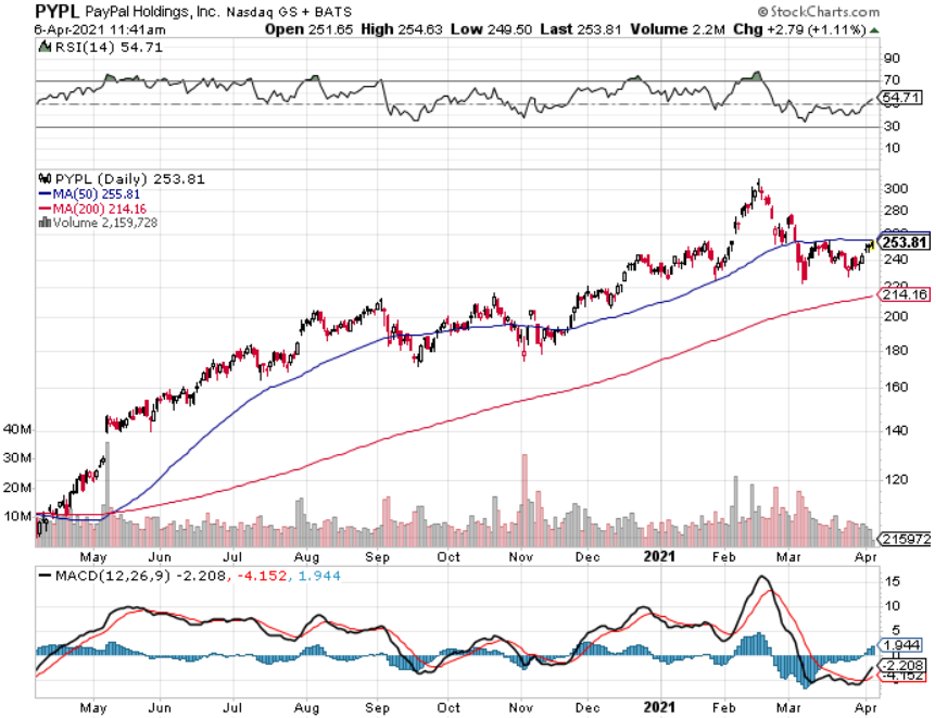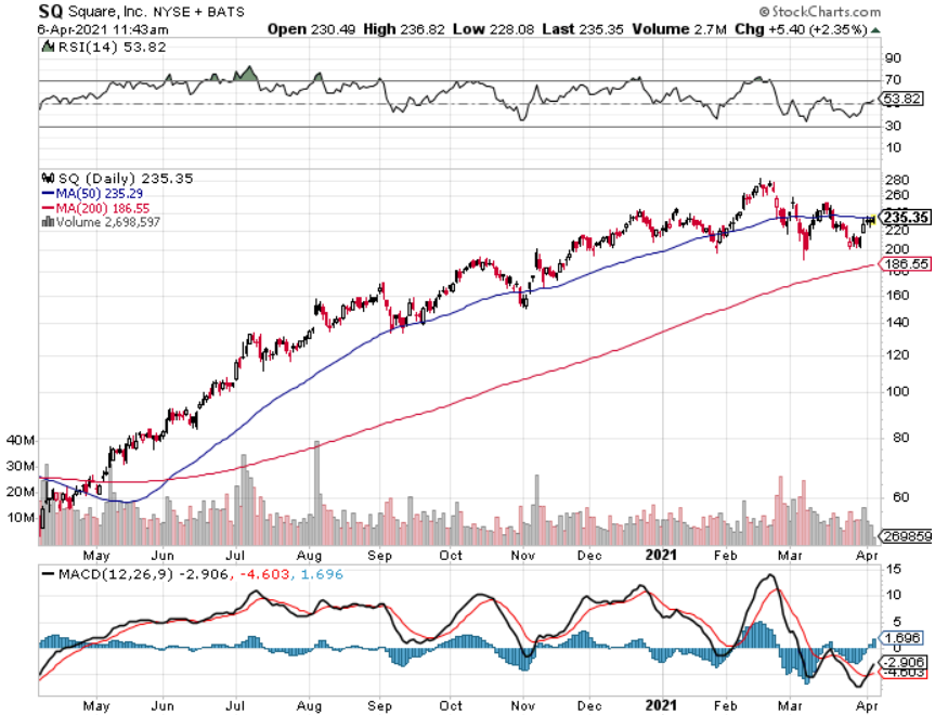As vaccine shots hit a peak of 4 million on Easter Weekend, this means the return of the mall and retail, right?
Surely, a reopening bounce for retail is in the cards?
Think again.
A new report from a major bank suggests that 80,000 retail stores will close in the U.S. over the next few years.
This is not a wild guess or speculative bet on what will happen, this is starting to become a consensus.
By 2026, the worst-case scenario is 200,000 stores closing and by 2030, the worst-case scenario entails 300,000 stores closing highlighting the impactful nature of the situation.
As I took a fine-tooth comb to the latest earnings’ data, I can’t help but see that every tech CFO sees the accelerated digital transformation as one of the legacies of the pandemic.
But it will not be an invisible virus keeping shoppers away from the mall in the future, consumers are just satisfied with ordering from home and this economic behavior will become embedded in the new post virus world.
In 2020, 17 major retailers filed for bankruptcy – including Lord & Taylor, Century 21 and Brooks Brothers.
Countless are on the verge of defaults underscoring the pitiful shape of many retailers.
On the other side of the pandemic, blighted malls and unpaid rental payments is what will be left for much of retail.
Many of these malls won’t be able to rent out spaces for pennies on the dollar.
Many stores have gone 100% digital, even restaurants, that haven’t been able to offer dine-in options.
Online retail’s market share of the full retail landscape climbed from 14% in 2019 to 18% in 2020, and by 2025, that number will grow close to 30.
Average household spending online has grown the past five years from $5,800 to $7,100 from 2019 to 2020 highlighting how U.S. shoppers are increasingly comfortable ordering volume online.
Now armed with more stimulus money, I highly doubt there will be a renaissance in brick-and-mortar retail.
One possibility in the future is that many brick-and-mortar stores will double dip, both selling and fulfilling online orders from the same location.
Also, some goods simply aren’t made for click, order, and collect at home like shoes and dresses but others are such as home improvement, grocery, and auto parts.
The silver lining is awfully thin for the retail sector and odds are, if retailers don’t have a digital footprint by now, they are already toast.
The mall vacancy rate rose to 10.5% in the fourth-quarter 2020 from 10.1% in the third quarter and 9.7% a year ago.
This is unlikely to reverse in the short, medium, or long term and another concept for malls will need to be carefully thought out.
Considering further deterioration of non-digital retail, this should directly lead many investors to conclude that pouring money in ecommerce and fintech companies is the right thing to do.
It absolutely is.
The thesis for outperformance is so obvious that many tech investors need to seriously capture part of this sustainable megatrend.
On top of my list of fintech firms are Square (SQ) and PayPal (PYPL).
Square expanded sales 141% year-over-year last quarter and have been profitable for the past two quarters with EPS growing 39% year-over-year last quarter.
PayPal has a much bigger business meaning the law of numbers start to work against them.
They expanded sales 23% year-over-year last quarter and improved EPS by 30% year-over-year.
These two fintech stocks should be considered on every substantial dip because profitability increases have a clear path for the foreseeable future and the robustness of in-house products have not disappointed over time.




